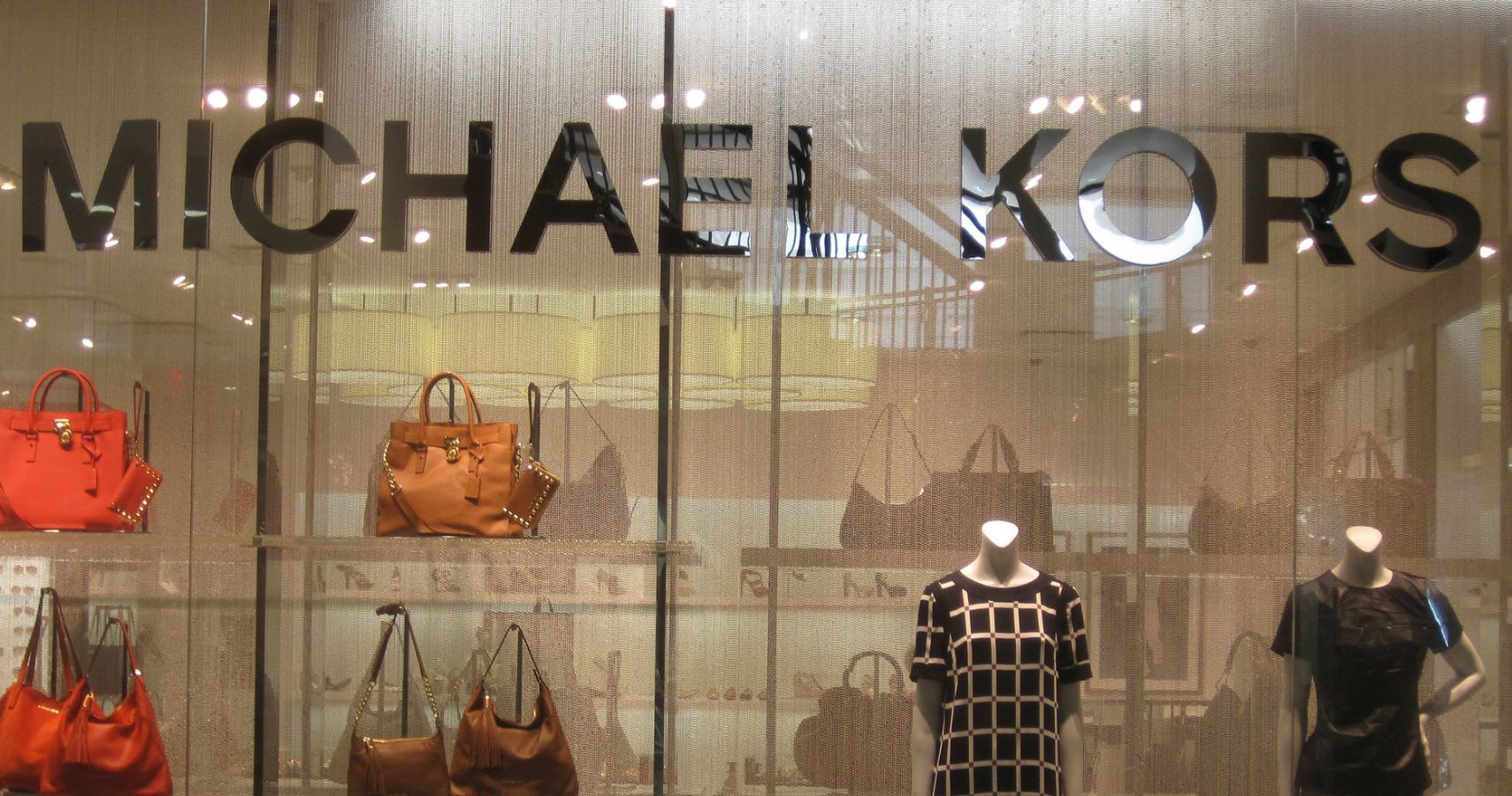The MK Story: How Michael Kors Became One Of The Richest Fashion Houses In The World

Michael Kors, a renowned fashion designer and entrepreneur, has built an empire in the fashion industry, making his eponymous brand, Michael Kors, one of the richest fashion houses in the world. The story of Michael Kors is not only about his creativity and talent as a designer, but also about his astute business acumen and relentless pursuit of excellence. Let’s delve into the journey of Michael Kors and explore how he turned his passion for fashion into a global fashion powerhouse.
Michael Kors, whose birth name is Karl Anderson Jr., was born on August 9, 1959, in Long Island, New York. From a young age, Kors showed a keen interest in fashion and started designing clothes when he was just a teenager. He even sold his first collection of clothing at a local boutique when he was only 14 years old, which foreshadowed his future success in the fashion industry.
Kors' talent and passion for fashion led him to pursue formal education in fashion design. He attended the Fashion Institute of Technology (FIT) in New York City but dropped out after only nine months to start his own fashion label. In 1981, at the age of 22, Kors launched his first women's clothing line under his own name, Michael Kors, with the support of a financial backer.
The early years of Michael Kors' career were marked by his unique style and approach to fashion. He quickly gained recognition for his chic and sophisticated designs that blended luxury with practicality. Kors' ability to create timeless pieces that were both fashionable and functional appealed to a wide range of customers, including celebrities and fashionistas. His early success laid the foundation for the growth of the Michael Kors brand.
As Michael Kors gained popularity as a fashion designer, he continued to expand his brand and build his fashion empire. In the 1980s and 1990s, Kors ventured into various fashion segments, including menswear, accessories, and fragrances, which helped diversify his brand and increase its visibility in the fashion market. He also expanded his presence globally by opening stores in major fashion capitals around the world, such as New York, Paris, London, and Milan.
One of the key factors that contributed to the success of the Michael Kors brand was Kors' ability to understand and cater to the evolving needs of his customers. He identified a gap in the market for accessible luxury fashion that appealed to a wide range of consumers, including those who aspired to own high-end fashion but could not afford the exorbitant prices. Kors filled this gap by offering luxury fashion at more affordable price points, without compromising on quality and style.
This positioning of the Michael Kors brand as a "democratic luxury" label resonated with consumers and helped establish a loyal customer base. In addition to his focus on creating stylish and affordable fashion, Kors also leveraged the power of celebrity endorsements to build his brand. He forged partnerships with famous personalities, such as Michelle Obama, Kate Middleton, and Blake Lively, who were often spotted wearing Michael Kors designs on red carpets and public events. These high-profile endorsements helped elevate the brand's visibility and credibility.
In the fast-paced world of fashion, staying relevant and adapting to changing consumer behaviors and preferences is crucial. Michael Kors recognized the importance of innovation and adaptation, particularly in the digital era, to maintain his brand's growth and success. Kors embraced digital technology and e-commerce early on, which allowed him to connect with consumers on a global scale.
The Michael Kors brand was one of the first luxury fashion houses to establish a strong online presence, with an e-commerce website and active social media profiles. Kors utilized social media platforms, such as Instagram, Facebook, and Twitter, to showcase his latest collections, engage with customers, and create buzz around his brand. He also leveraged digital marketing strategies, including influencer partnerships and online advertising, to reach a wider audience and drive sales.
Furthermore, Kors was quick to recognize the growing demand for experiential retail and omnichannel shopping experiences. He invested in creating innovative in-store experiences, such as interactive displays, personalized services, and seamless online-offline integration, to enhance the overall customer experience and drive foot traffic to his brick-and-mortar stores. This forward-thinking approach to retail innovation helped the Michael Kors brand stay ahead of the curve and remain relevant in the ever-evolving fashion landscape.
In recent years, corporate social responsibility (CSR) has become an increasingly important aspect of business, and Michael Kors has shown a strong commitment to CSR initiatives, which has further enhanced the brand's reputation and appeal among consumers. Kors has been actively involved in various philanthropic causes, such as hunger relief, education, and cancer research, and has donated significant amounts to charitable organizations. He has also been vocal about social issues, such as diversity and inclusivity in the fashion industry, and has taken steps to promote diversity in his brand's campaigns and collections.
Furthermore, Michael Kors has prioritized sustainability and environmental responsibility in his business practices. The brand has implemented sustainability measures, such as using eco-friendly materials, reducing waste and energy consumption, and supporting fair labor practices in its supply chain. Kors has also launched initiatives, such as the "Watch Hunger Stop" campaign, which aims to fight global hunger and raise awareness about food insecurity.
This major fashion house has the ability to diversify the brand beyond traditional fashion categories. Kors expanded his product offerings to include accessories, footwear, watches, jewelry, and fragrances, among others, which helped broaden his customer base and increase revenue streams. Kors also collaborated with other brands and designers, such as Estée Lauder, Fujifilm, and Jimmy Choo, to create limited-edition collections, which not only generated buzz and excitement among consumers but also expanded the brand's reach to new markets.
Sources: GQ, Business Insider, Harper’s Bazaar
from TheRichest - Feed https://ift.tt/4nMIJ2V

Post a Comment